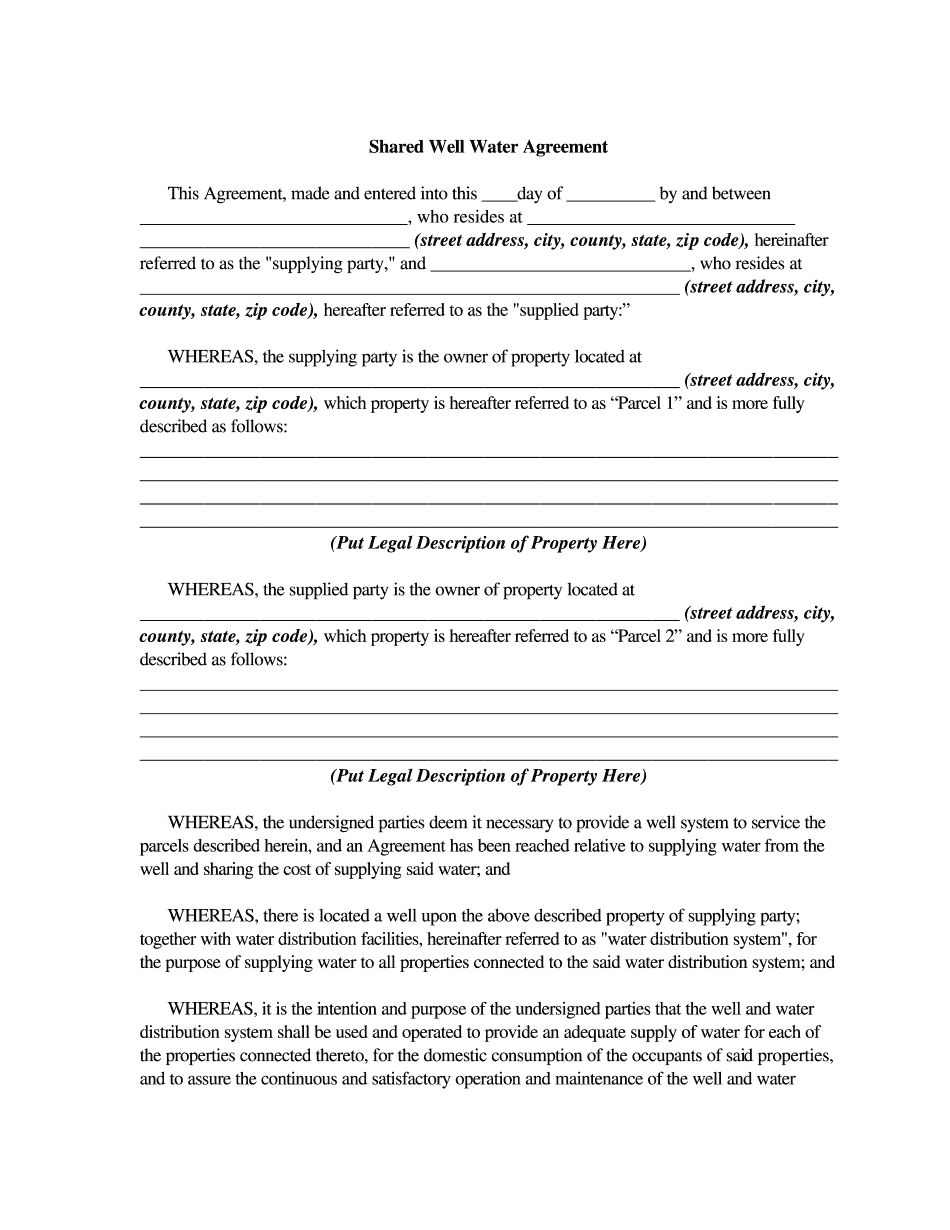Without the right drainage system, rainwater from an elevated neighboring property can run off and cause flooding in your yard or more serious property damage. The water may make its way to your home instead of using a properly installed drainage system. Many homeowners try quick fixes, such as moving dirt and digging trenches, but end up dissatisfied because these approaches are often ineffective and temporary. Instead of these ineffective methods, installing an NDS drainage system, such as flow well or an EZ drain, can prevent neighbor run-off from damaging your property. These systems capture and retain excess surface water, allowing it to naturally percolate into the ground away from your home. Flow well and EZ drain are better and easier to install alternatives to traditional gravel dry wells and French drains. NDS solutions are specifically engineered for easy installation, optimal ance, and longevity. It is no wonder that over 90% of professional contractors use NDS products on drainage projects nationwide. With NDS, you can create a lasting drainage solution easily and inexpensively. Start planning your drainage project today.
Award-winning PDF software





Water well on neighbors property Form: What You Should Know
Shared Well Agreements — Find Yours Shared Well Agreements: Legal Guide to Shared Well Agreement Laws across the United States Apr 7, 2025 — The state of Illinois has enacted legislation that regulates the activities of well-owners who own other land that is also served by a shared water well. These provisions include provisions on enforcement procedures and requirements for the consent of the landowner of the property serving the shared well or the water rights holder or parties of the well. How to Deal With a Shared Well (Shared Well Agreement) | Horton, Press & Co. Apr 5, 2025 — In the event that a well agreement is written, the mutual agreement is that the well owner sign the agreement on behalf of the owner of the property serving the well. In no event is the owner of the well obligated to have it signed. How to Deal With a Shared Well Agreement | Horton Press & Co. Oct 17, 2025 — The goal of a well agreement is to create an arrangement where the right level of service can be provided to neighboring properties without the fear that the owner of one property is going to stop servicing another property just to save a few dollars. Selling or Subdividing Property With Well Water | DREW Inc. Apr 13, 2025 — Shared well agreements can be used to divide and sell property. There is a lot of discussion about the rights of neighbors who share their own well-water in the area surrounding Washington, D.C. Water Rights in California | California Drought Solutions The Rights of Subdivided Water Users in California | Calif.
online solutions help you to manage your record administration along with raise the efficiency of the workflows. Stick to the fast guide to do Well Agreement form, steer clear of blunders along with furnish it in a timely manner:
How to complete any Well Agreement form online: - On the site with all the document, click on Begin immediately along with complete for the editor.
- Use your indications to submit established track record areas.
- Add your own info and speak to data.
- Make sure that you enter correct details and numbers throughout suitable areas.
- Very carefully confirm the content of the form as well as grammar along with punctuational.
- Navigate to Support area when you have questions or perhaps handle our assistance team.
- Place an electronic digital unique in your Well Agreement form by using Sign Device.
- After the form is fully gone, media Completed.
- Deliver the particular prepared document by way of electronic mail or facsimile, art print it out or perhaps reduce the gadget.
PDF editor permits you to help make changes to your Well Agreement form from the internet connected gadget, personalize it based on your requirements, indicator this in electronic format and also disperse differently.
Video instructions and help with filling out and completing Water well on neighbors property

